Guns 101
Knowing the basics of firearms can inform conversations with at-risk patients and help them stay safe
Firearms come in many shapes and sizes, with different features that allow for different operation and use.
Clinicians cite lacking knowledge of firearms as a barrier to talking with patients about risk and safe firearm practices. Clinicians don’t have to be firearm owners or have experience with firearms in order to talk to patients about how to be safe with them, just as they don’t have to be smokers to talk to patients about the risks of smoking. However, if clinicians don’t have experience with firearms, learning some basics can help them have informed conversations and make knowledgeable and appropriate safety recommendations.
The term “gun” refers to a broad category of devices that propel a projectile, including BB guns, airsoft guns, and paintball guns. A firearm is a type of gun that utilizes an explosive charge (gunpowder), also called a propellant, to fire a projectile. The term “gun” is colloquially used to refer to firearms.
Click below to learn about types of firearms.
People own handguns predominantly for protection, often because they’re small and concealable. More than half (57%) of handgun owners in California own handguns at least in part for protection against people. Eight percent own handguns for collections, and 5% own for protection against animals.1
Most handguns are one of two types: semi-automatic pistols or revolvers. Pistols and revolvers use generally the same kind of ammunition.
Pistols
The most common type of handgun is the semi-automatic pistol. “Semi-automatic” means that after the trigger is pulled and the gun is fired, a new round of ammunition goes into position, and another trigger pull will fire the gun again.
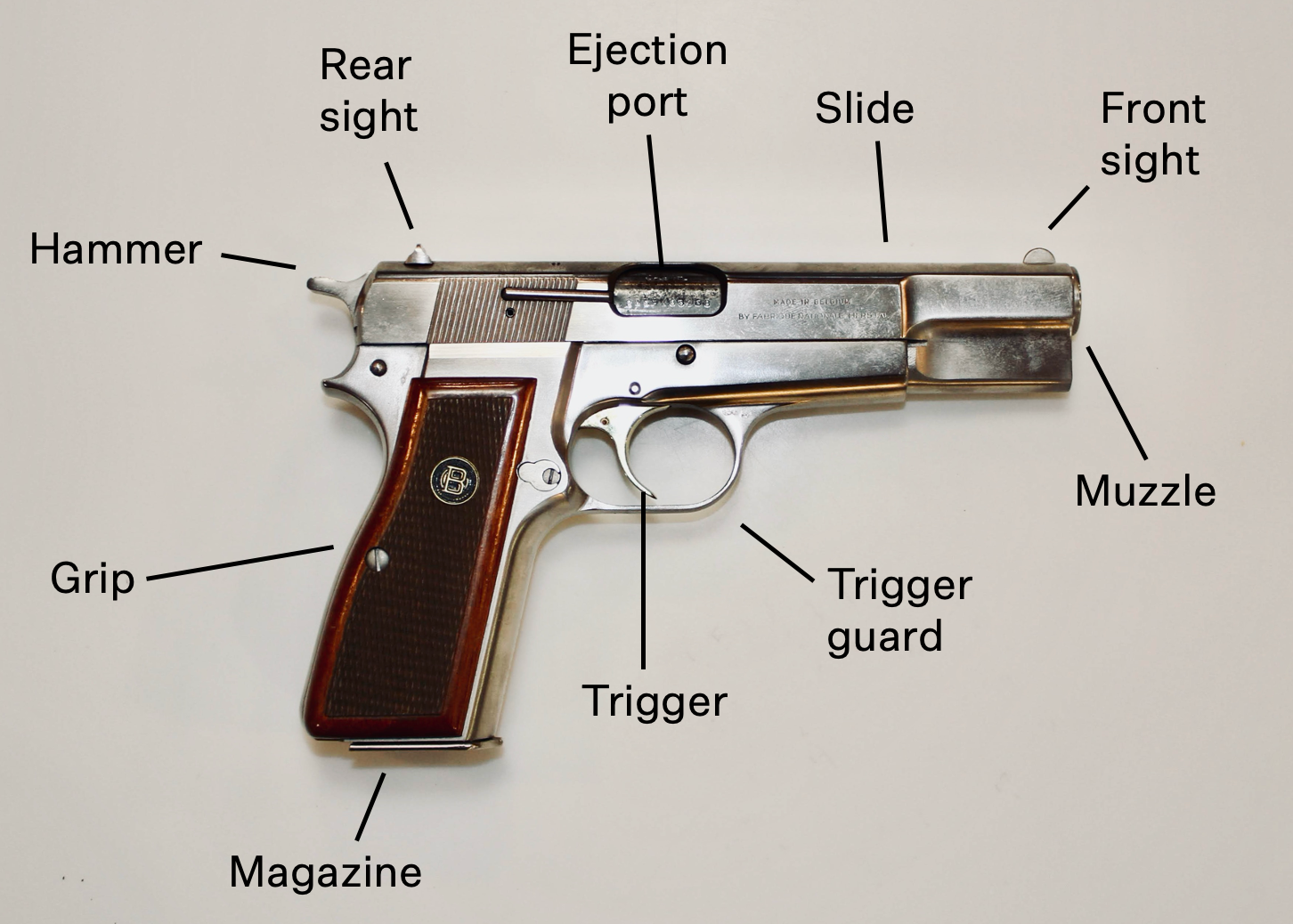
Pistols come in a wide variety of sizes. Common pistols include the .22-caliber and the 9mm. Caliber describes the diameter of the bullet, given in hundredths of an inch or in millimeters.
Pistols have ammunition magazines that eject from the bottom of the firearm. These magazines hold cartridges (rounds of ammunition) and feed them one by one into the chamber each time the pistol is fired. Typically these magazines hold between eight and 19 cartridges at once.

Pistol magazines are loaded by inserting cartridges one by one into the detachable magazine while it’s not in the gun.
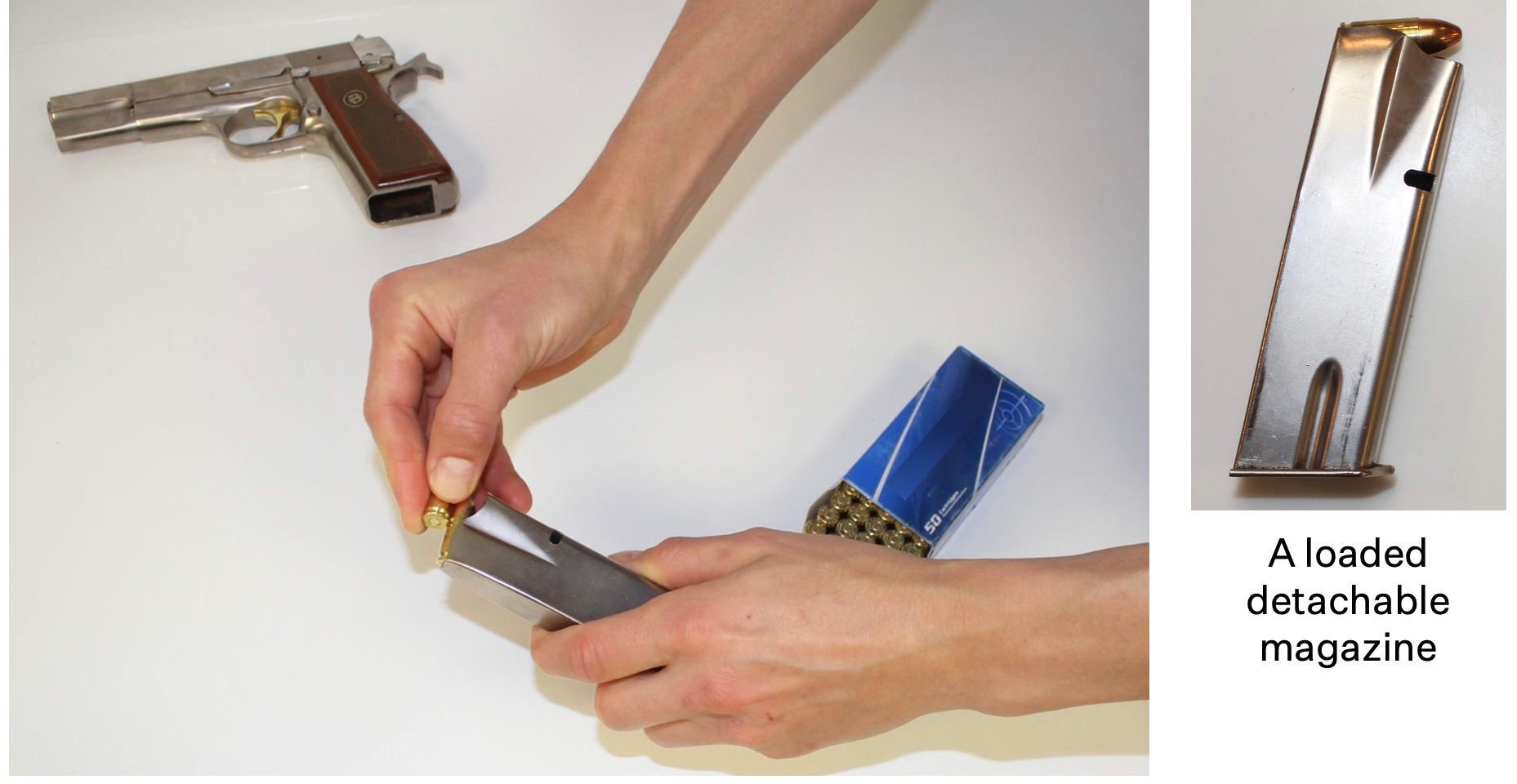
Revolvers
Revolvers are a less common type of handgun. Revolvers can be single action, meaning the user must “cock” the gun by pulling back the hammer each time before firing, or double action, where pulling the trigger will rotate the cylinder, pull the hammer back, and fire the gun all in the same motion.
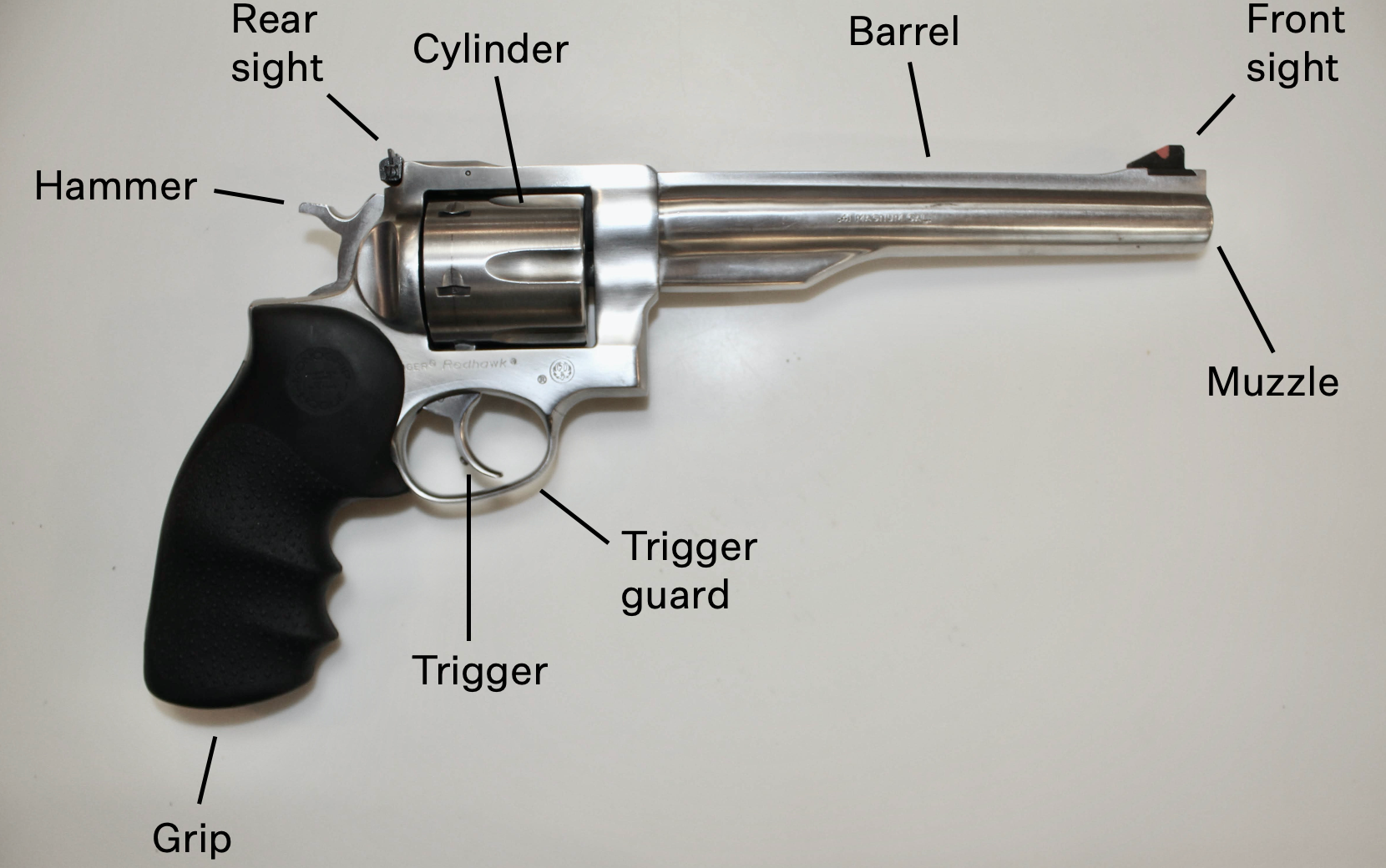
Revolvers don’t have ammunition magazines but instead hold ammunition in rotating cylinders. Revolvers commonly hold six cartridges at once.

People own long guns for various reasons. In California, sport shooting is cited by 34% of long gun owners as a reason for ownership. Hunting is the next most common (19%), followed by protection against people (18%).1 People use long guns to hunt a variety of animals, from birds, like pheasants and ducks, to big game, like elk.
Long guns are either rifles or shotguns. Rifles and shotguns have important differences and use different types of ammunition.
Rifles
Rifle have long barrels, which result in an increased velocity of the projectile and afford users more accuracy than do shorter-barreled firearms, like handguns. Common calibers of rifles include .22-caliber, .223-caliber (the caliber of the commonly known AR-15), and .308-caliber.

Rifles have one of a variety of actions — the method or mechanism by which a cartridge is placed in the chamber before firing and removed from the chamber after firing. Common rifles are single shot (i.e., require that the user load and “cock” the gun before each shot), bolt action, lever action, pump action, or semi-automatic. All these action types except semi-automatic actions require the user to manually or mechanically extract and insert cartridges.
Rifles typically use similar but more powerful cartridges than those used in handguns. Different types of rifles have different ammunition capacities, ranging from one to 20 cartridges. The rifle below uses a detachable magazine that holds its cartridges.

Shotguns
Similar to rifles, shotguns have long barrels that vary in length and diameter. However, shotguns use different kinds of projectiles in their cartridges (called “shells”) than handguns and rifles do, usually a group of pellets (called “shot”), as discussed below. Shotguns’ long barrels help the shot gain velocity. Shotguns have a “choke” on the muzzle, like a nozzle on a hose, that decreases dispersion of the shot.
Shotguns have one of several action configurations. Shotguns are commonly single-barreled, double-barreled, pump action, or semi-automatic. Single- and double-barreled shotguns require the user to hinge the barrels open to eject and manually insert ammunition. With pump action shotguns, the user pumps the forend to eject and insert a new shell. Double-barreled shotguns, which have “break actions,” can be side by side or one atop the other (referred to as “side-by-side” and “over-under,” respectively).


Shotgun ammunition capacity ranges from one to about 10, but typically shotguns hold five or fewer shells at once.
Many firearms are semi-automatic, which means that after the trigger is pulled and the firearm is fired, a new round of ammunition goes into position in the chamber. This new round won’t be fired until the trigger is fully released and then pulled again. Compared to guns that are manually operated, semi-automatic firearms generally allow faster repeat firing.
Fully automatic firearms are also known as machine guns. Similar to semi-automatic firearms, after an automatic firearm is fired, a new round of ammunition goes into position in the chamber. However, unlike semi-automatic firearms, there is no halting process that requires the user to release and pull the trigger again to fire another round. Automatic firearms can continue firing until the trigger is released as long as ammunition is available. Though functionally different by design, some semi-automatic rifles are indistinguishable in appearance from fully automatic rifles.
Semi-automatic firearms are common and are owned by civilians for protection against people, hunting, and sport shooting. Automatic firearms are tightly regulated, at the federal level and by many states. California law prohibits the possession, manufacture, and sale of automatic firearms without a permit. Automatic firearms were invented for combat and civilian ownership is rare.
There is no unanimously accepted definition of an assault weapon or assault rifle; the term is controversial and its definitions contested. Semi-automatic firearms that are capable of accepting detachable magazines and have “military-style” features, such as collapsible stocks or pistol grips, may be referred to as assault weapons. The “AR” in AR-15 is commonly assumed to stand for “assault rifle” but actually stands for ArmaLite rifle, for the company that developed the AR-15.
Ghost guns are privately manufactured firearms (PMFs). PMFs are firearms, including a frame or receiver, that have been completed, assembled, or otherwise produced by a person other than a licensed manufacturer, and do not have a serial number placed by a licensed manufacturer at the time the firearm was produced.3 Without serial numbers, these firearms are untraceable “ghost guns.” The untraceable qualities of ghost guns are a likely reason they are increasingly used in crimes, with about 45,000 suspected PMFs recovered by law enforcement agencies nationwide from 2016-2021.4
Gun-making kits and gun parts can be obtained online, at gun shows, or made at home using 3D printing devices. Many can be assembled in about an hour with the help of instructional videos that are easily found online.3 The US Supreme Court recently upheld a rule that quickly-assembled kits and parts should be regulated in the same way as traditionally manufactured firearms, by requiring serial numbers, background checks, and record-keeping.5
Types of PMFs
PMFs are categorized into 10 different types. The 10 types of PMFs include: pistol, revolver, rifle, shotgun, frame or receiver, machinegun conversion device (MCD), destructive device, machinegun, firearm silencer, and any other weapon.3 Any other weapon includes “any weapon or device capable of being concealed on the person from which a shot can be discharged through the energy of an explosive.”3
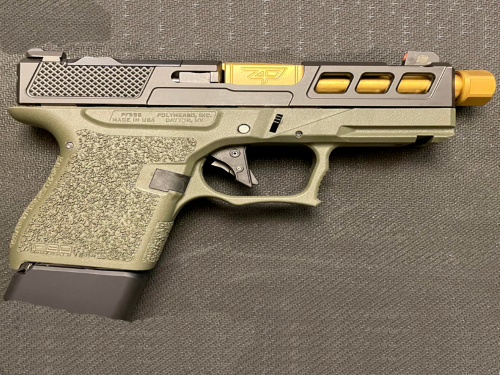

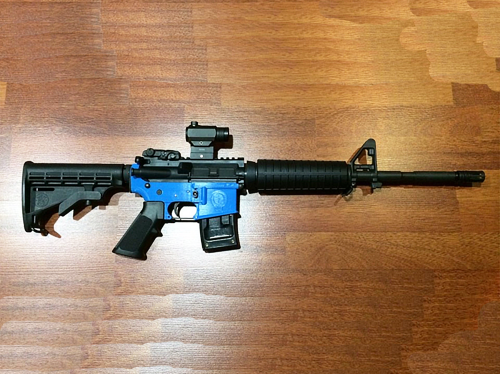
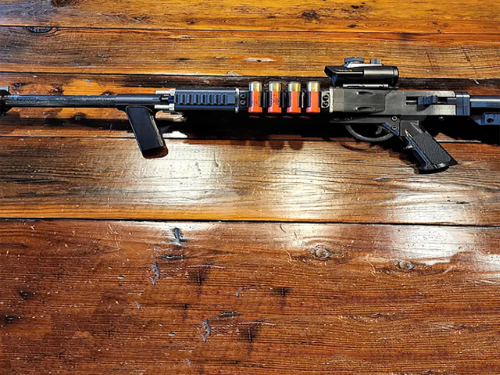
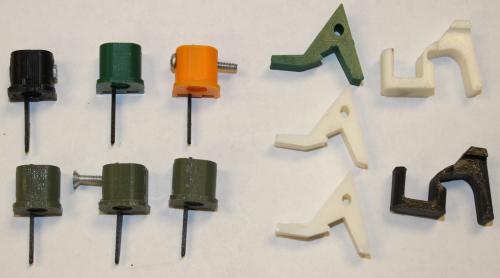
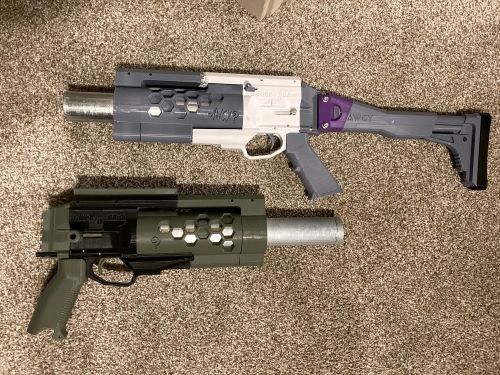

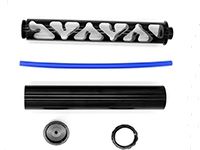
Photo source: ATF, Privately Made Firearms (2023)
Almost all firearms have intrinsic safety mechanisms that help prevent them from being unintentionally fired. Generally, a firearm’s “safety” is a lever that blocks the firing mechanism in one of a variety of ways. Some guns have safeties that may be turned off with the user’s thumb before firing. Others have grip or trigger safeties, which require that the user depress part of the grip or trigger to be able to pull the trigger and fire the gun, lowering the chances that the gun can fire accidentally.
Prototypes of personalized or “smart” guns, equipped with intrinsic devices to prevent unauthorized use, may be promising but these guns are uncommon in the US. Smart guns’ embedded features can include biometric technologies like fingerprint or iris scans, magnets or radio-frequency identification (RFID) technology, or intrinsic combination locks.
Intrinsic safety mechanisms, because they can be disabled by unauthorized users, aren’t sufficient to prevent firearm-related harm. Firearms should be safely stored: kept unloaded and locked up using a locking device.
Click below to learn about types of ammunition.
The two most common types of ammunition are cartridges, which contain bullets and are used in handguns and rifles, and shells, which contain shot and are used in shotguns.
Handgun and Rifle Cartridges
Bullets are fired out of cartridges used in handguns and rifles. Cartridges are commonly but mistakenly referred to as bullets, but a bullet is just one component of a cartridge.
Handgun and rifle cartridges have four components:
- a case, usually made of brass, steel, or copper
- a primer (which ignites the propellant)
- gunpowder (the propellant)
- a bullet (the projectile)
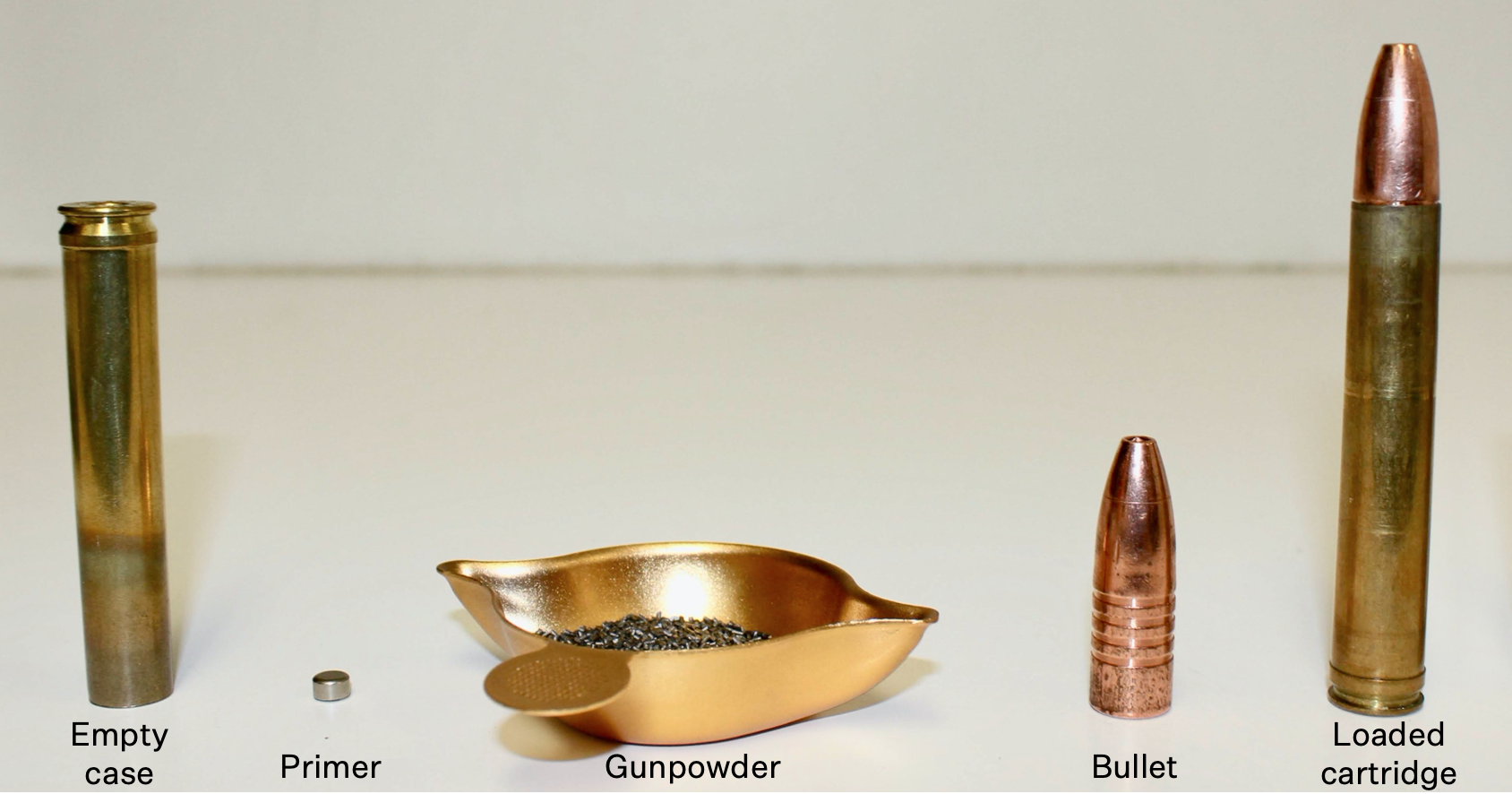
Handgun cartridges come in a variety of sizes to suit different kinds of pistols and revolvers.

Similarly, rifle cartridges come in a variety of sizes to suit different kinds of rifles.
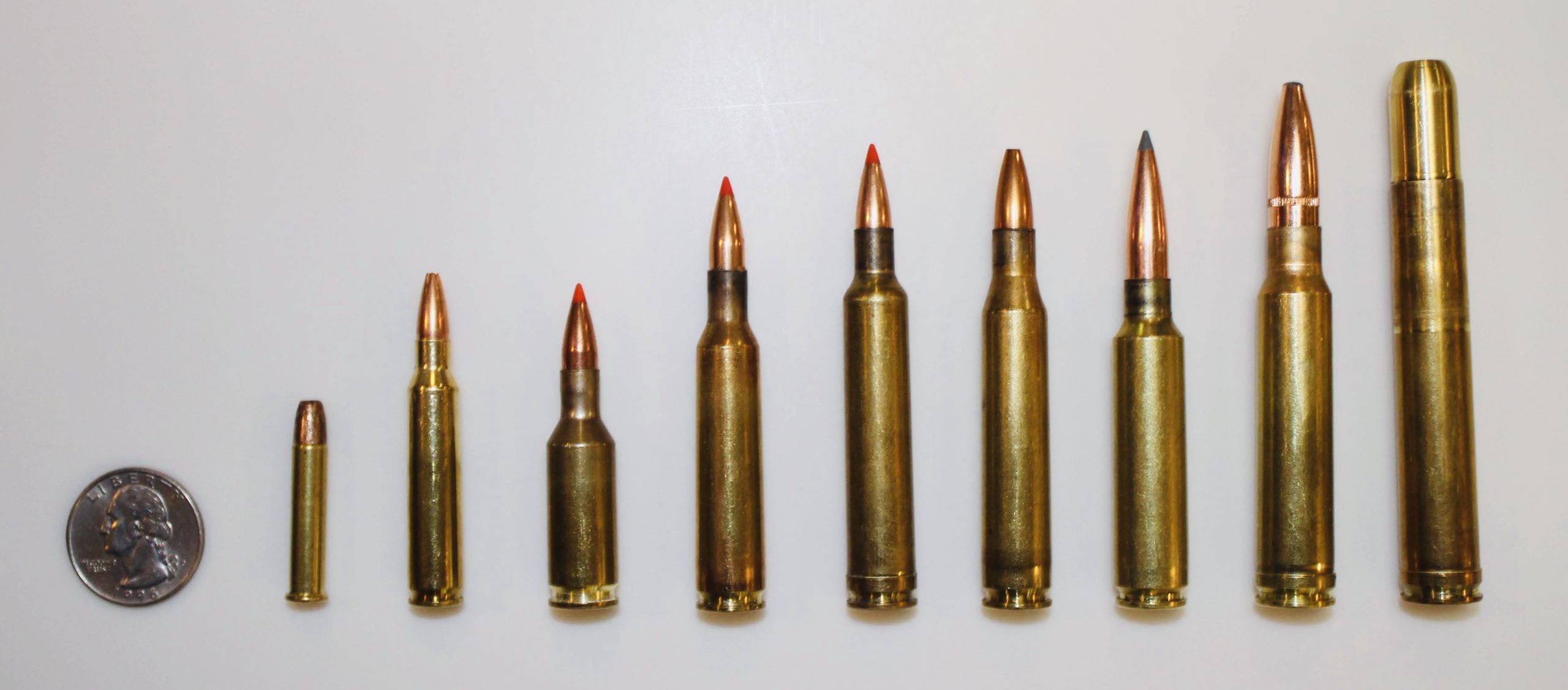
When a handgun or rifle is fired, the bullet itself gains speed before it exits the barrel. After firing, the empty case is removed or automatically ejected from the action.
Shotgun Shells
Shotgun cartridges, called “shells,” are generally made up of the same components as handgun and rifles cartridges but contain a different kind of projectile and also include a wad to separate the gunpowder from the projectile. The components of a shotgun shell are:
- a case, usually made of plastic with a thin covering of brass on the base
- a primer (which ignites the propellant)
- gunpowder (the propellant)
- a wad (to separate the powder from the projectile)
- a group of shot or a slug, usually made of lead or steel (the projectile)

The diameters of shotgun shells, which are different “gauges,” vary to fit shotgun barrels of different diameters. Shotgun shells with smaller diameters have higher-numbered gauges than those with larger diameters.
When a shotgun is fired, shot is passed through the barrel and ejected, at which point it spreads into a pattern. Different sizes of shot are used for different purposes: for example, if hunting, larger “buckshot” may be more appropriate for larger animals, rather than smaller “birdshot.” A slug, one large pellet typically made of lead, may be used instead of shot, if hunting large game animals like deer.

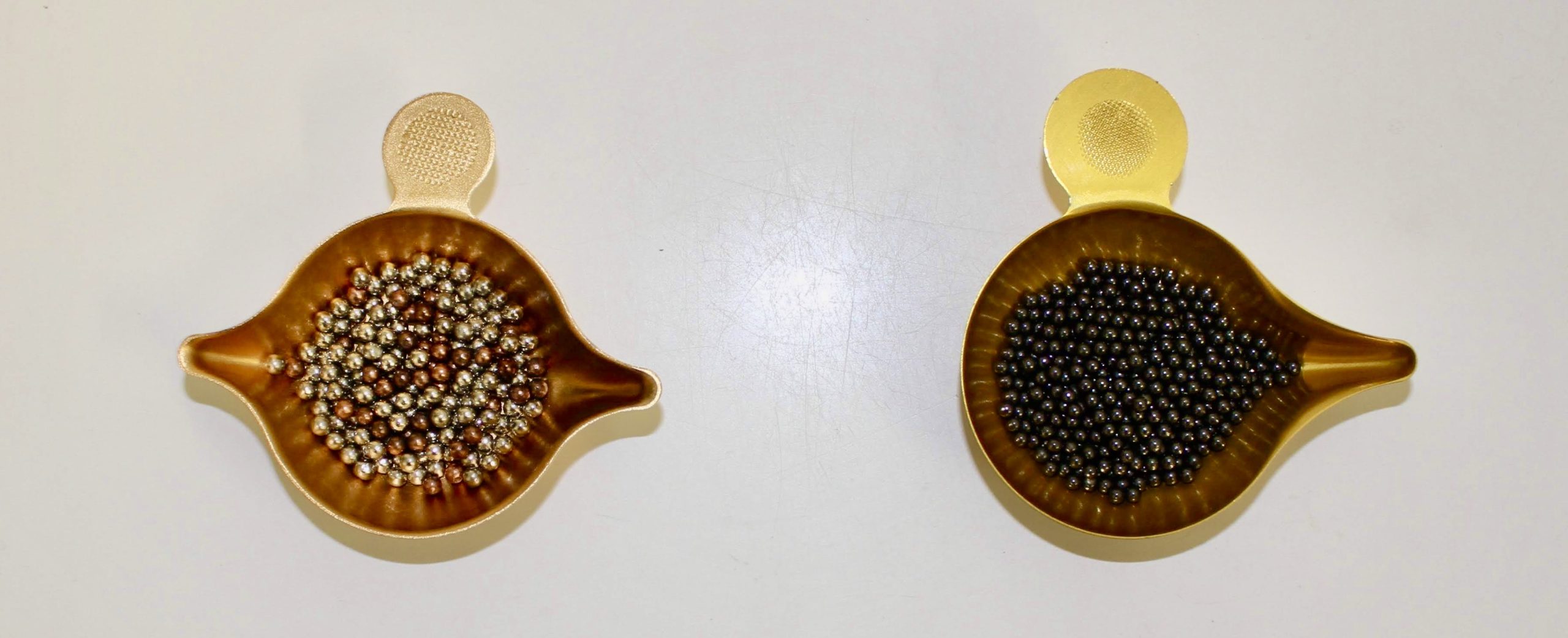
To reduce the risk of firearm-related harm for everyone in the home, all firearms should be stored locked up, unloaded, and separate from ammunition.
Firearm owners use different types of firearms and ammunition for a variety of purposes, including for hunting, protection against people, sport shooting, and collecting. Firearms can be part of someone’s identity and, for some owners, firearms may have a symbolic cultural meaning, such as an association with freedom, protection, or self-reliance.
Those interested in participating in general firearms safety training can get in touch with local gun ranges to see what training is offered and to sign up.
Page last updated April 2025.
- Guns. Gallup.
- For Most U.S. Gun Owners, Protection Is the Main Reason They Own a Gun. Pew Research Center.
- Definition of “frame or receiver” and identification of firearms. US Department of Justice, ATF.
- Justice Department Announces New Rule to Modernize Firearm Definitions. US Department of Justice, Archives.
- The Supreme Court Upholds Regulations on Ghost Guns. John Hopkins, Bloomberg School of Public Health.